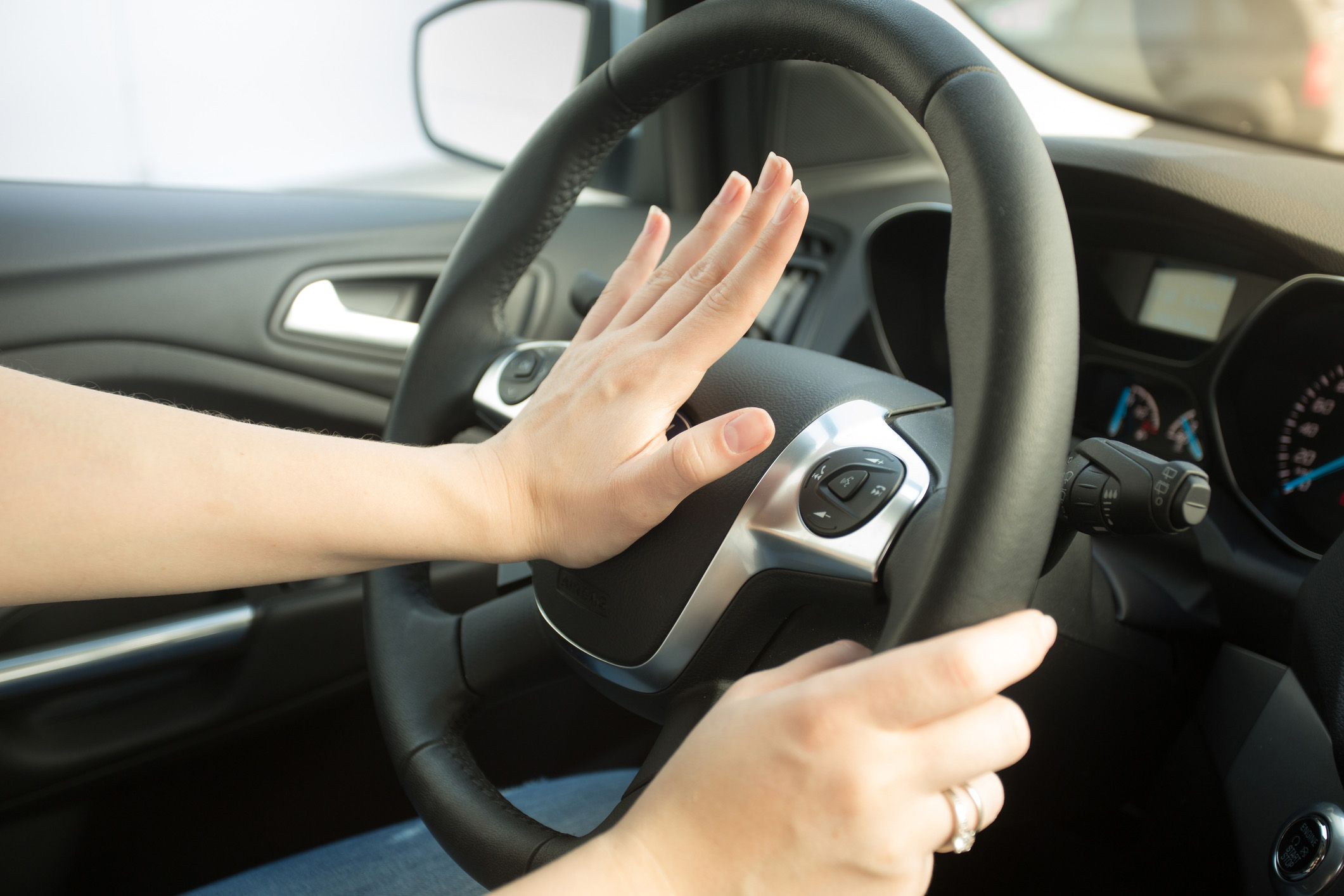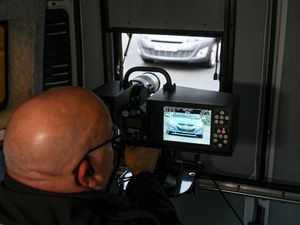New car horn that sounds like a synthesised duck has been developed as an alternative to the angry honk
The device was developed to get attention in a less stressful way.

A quacking car horn designed to alert people to danger while reducing the cacophony of noise on city streets has been developed by sound experts.
The device, which sounds a little like a synthesised duck, was developed to get attention in a less stressful way than the traditional angry honk.
Scientists returned to the early days of motoring and re-modelled the classic Klaxon “ah-oo-gah” car horn introduced in 1908.
Different sound variations were tested on 100 volunteers before deciding on the pedestrian-friendly “quack”.

“Our new Klaxon sound can immediately alert the pedestrians of the danger while also reducing the unpleasantness and stress of the sound.”
The aim was to find a sound that could be noticed without being too irritating.
Test listeners were asked to evaluate candidate car horn sounds for perceptual qualities such as stress and loudness.

Bae said the Klaxon had the advantage of making a loud noise at low power, but its volume could not be easily controlled.
He added: “In this study, when a driver presses a Klaxon, a loud sound of 110dB or more is not transmitted directly to a pedestrian.”
The researchers believe a less startling car horn could also contribute to road safety by being less distracting to drivers.
Their findings were presented at the Acoustincs ’17 in Boston, US.





